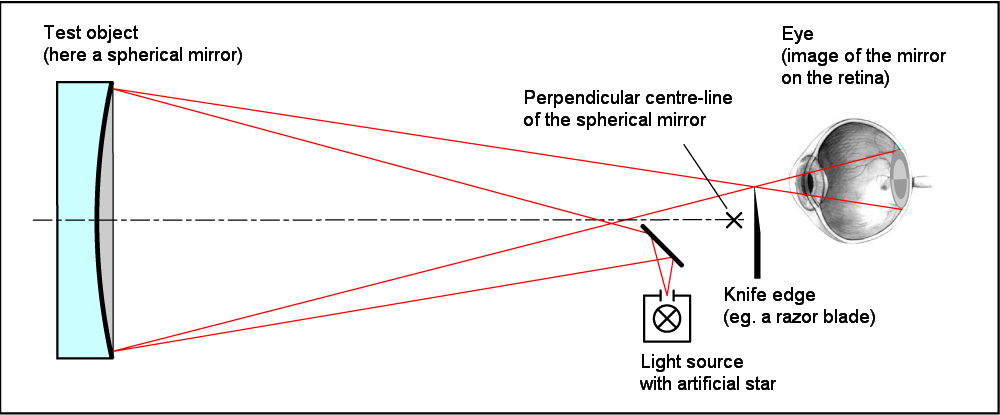I told all the neighborhood kids to stand away so I could take a picture of the scope and solar eclipse. I had to put a rather large eye piece at the focal point to magnify the eclipse, and hoped it wouldn't be fried by the sun.
Yes, I noted the nice partial eclipse! You're generally OK if you can use a simple eyepiece like a Huygens for projection, any cemented elements is a no no.
I thought my long four foot FL Newtonian scope would be able to see Andromeda clearly, but the magnification was too high and it was only a barely perceptible mist.
Andromeda is that rare object that really benefits from a large 5-7mm exit pupil, which for most scopes is in the 15-30X power range, though I did see a super view of the dust lane once at higher power through an Orion 6" f/6 russian mak-newt (maksutov-newtonian).
You could buy electronic components from local stores (Radio Shack!).
I remember Radio Shack very well. We also had Olson's and Lafayette as well. In their day, the Shack were a smorgasbord of parts for the hobbyist. Then later they abandoned that. I probably have most publications they ever released. Here is a picture of some of their mini books I have.
Back in those days there was a different type of inventiveness from kids. They did things and built things from scratch. While in high school in the 1950's I also dabbled with transistors when the price came down to $5 for a Raytheon CK722. I made a radio and a hearing aid for my aunt. Today's kids replaced that with the Raspberry Pi and apps etc.
Damn, I had to look that one up! Very cool. It was literally the first commercial transistor for sale on the street. Towards its end, prices on them dropped down to a $1 a piece. They were giving them away. Interesting that they doped it with germanium and not the more common arsenic, but then, it was a p-doped transistor (hole as current carrier). I actually collect old stuff like that and looked on eBay to see if I could buy a CK722. You should have hung onto a few, the going rate for them is now between $50 to $80 PER TRANSISTOR depending on the colour of the case!
I think I'll pass, but I do have a fair collection of old things ranging from original unused nixie tubes (I actually still have a working H-P frequency counter using nixie tubes) to this old thing: a table top D'Arsonval ammeter where you connected to the terminal you needed for the scale you intend to use. It is made out of baklite I think and is in good working condition.
What is interesting is that it was made by Weston Electric, the forerunner of Western Electric and was actually used at Bell Labs. For all I know, it was used in the development of the transistor. If you look at it very close, you'll see it's patent is the year '94. That is not 1994 but 1894! Right around the time that Bell was first widely commercializing his new telephone and Weston was evolving into the Western Electric Engineering Department which eventually became Bell Labs. The needle is so fine that it is hard to see even in this close up.
I should fire it up some day just to test it next to my Fluke bench meter to see how accurate it still is.
